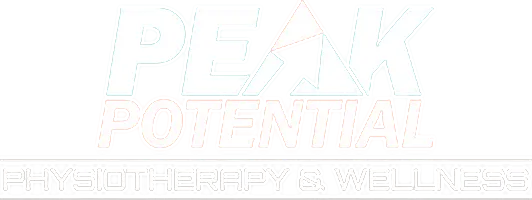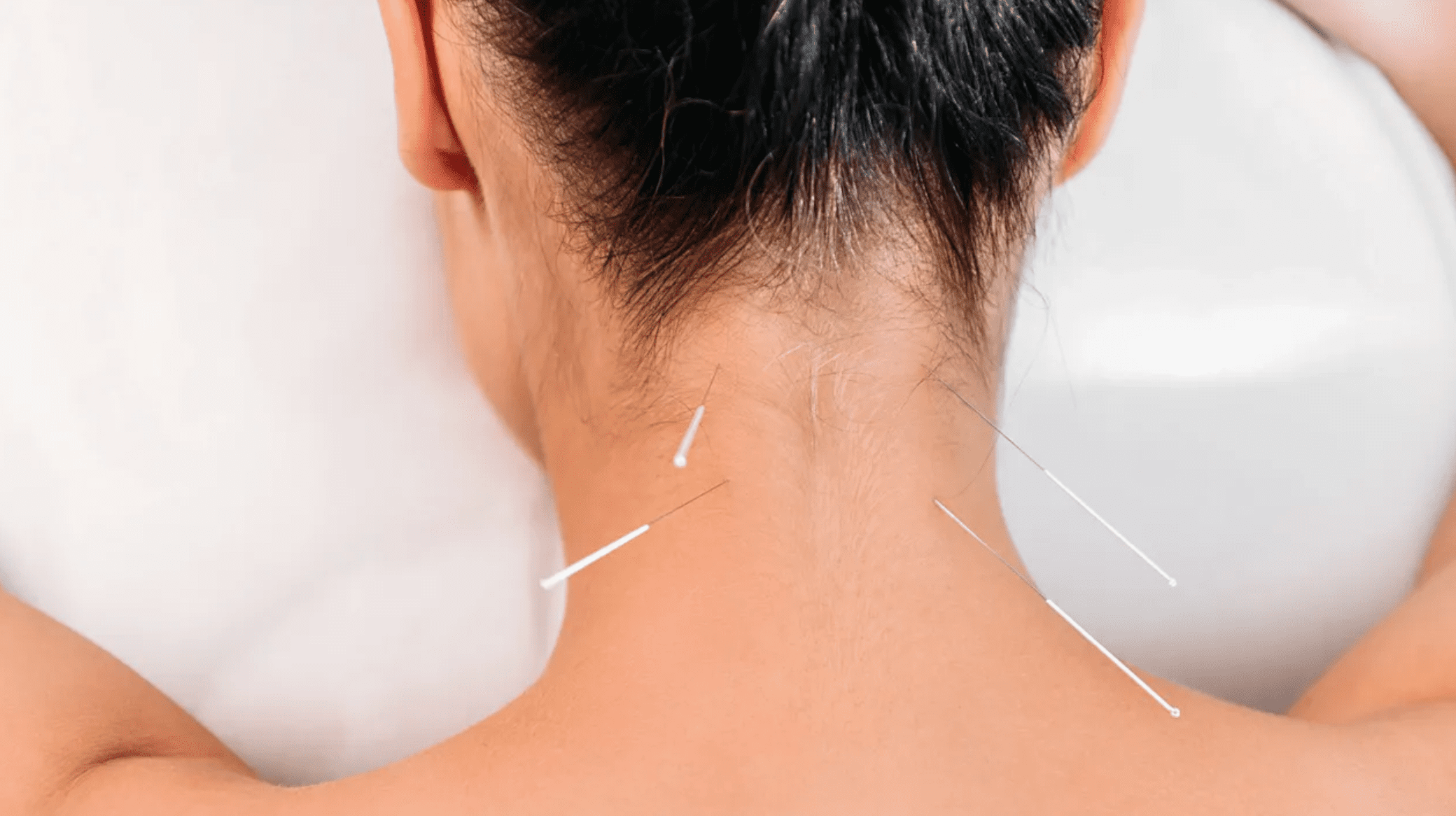Published by Peak Potential Physiotherapy & Wellness | Expert Physical Therapy in Memphis and Shelby County, TN
Quick Answer: Dry needling can temporarily increase pain for 24-48 hours as part of the normal healing response, but it should not make your original condition significantly worse long-term. Temporary muscle soreness, mild achiness, and brief fatigue are normal responses. However, severe pain, signs of infection, or worsening symptoms beyond 72 hours warrant immediate professional evaluation.
When considering dry needling treatment, many patients express concern about whether this therapeutic technique might worsen their existing pain condition. At Peak Potential Physiotherapy & Wellness, our experienced team frequently addresses these valid concerns with patients throughout the Memphis and Shelby County area. Understanding the difference between normal post-treatment responses and concerning symptoms is crucial for making informed decisions about your care.
Understanding Normal Post-Dry Needling Responses
Dry needling, when performed by certified physical therapists like Dr. Trevor Ling and our qualified team, involves inserting thin needles into trigger points and tight muscle bands to promote healing and pain relief. The body’s natural response to this intervention can initially feel uncomfortable, which often leads patients to question whether the treatment is helping or harming their condition.
The temporary increase in discomfort following dry needling occurs due to several physiological processes. When needles penetrate muscle tissue, they create micro-trauma that stimulates the body’s natural healing mechanisms. This process triggers increased blood flow to the treated area, which can cause mild swelling and sensitivity. Additionally, the release of previously tight muscle fibers can create a sensation similar to post-exercise soreness as the muscle adjusts to its new, more relaxed state.
Most patients experience what healthcare professionals call “post-needling soreness,” which typically manifests as a dull ache or muscle fatigue in the treated area. This response usually begins within a few hours of treatment and peaks around 24-48 hours before gradually subsiding. The intensity of this soreness varies significantly between individuals and depends on factors such as the number of trigger points treated, the severity of muscle tension, and the patient’s overall pain sensitivity.
Research indicates that approximately 60-70% of patients experience some degree of temporary soreness following dry needling treatments. This statistic helps normalize the experience and reassures patients that mild discomfort doesn’t indicate treatment failure or tissue damage. In fact, many practitioners consider this response a positive sign that the treatment is effectively addressing the targeted muscle dysfunction.
When Dry Needling Pain Is Normal vs. Concerning
Understanding the characteristics of normal versus concerning post-treatment responses helps patients navigate their recovery period with confidence. Normal responses typically follow predictable patterns and resolve without intervention, while concerning symptoms may indicate complications requiring professional attention.
Normal Post-Treatment Responses Include:
- Mild to moderate muscle soreness lasting 24-72 hours
- Temporary fatigue or heaviness in treated muscles
- Brief muscle cramping or twitching during treatment
- Small bruising or minor bleeding at needle sites
- Temporary stiffness that improves with gentle movement
Normal post-needling discomfort should feel manageable and gradually improve each day. Many patients describe it as similar to the muscle soreness experienced after a challenging workout. The pain typically responds well to gentle movement, light stretching, and standard comfort measures like ice or heat application as recommended by your physical therapist.
Concerning Symptoms That Warrant Professional Attention:
- Severe, sharp pain that worsens progressively
- Signs of infection including redness, warmth, swelling, or discharge
- Numbness or tingling that persists beyond a few hours
- Severe muscle spasms or cramping that doesn’t resolve
- Fever or flu-like symptoms following treatment
- Pain that continues to worsen after 72 hours
These concerning symptoms occur rarely when dry needling is performed by properly trained professionals using sterile techniques. However, recognizing these warning signs ensures prompt medical attention if complications arise. At Peak Potential Physiotherapy & Wellness, we educate all patients about these distinctions and provide clear instructions for post-treatment care and when to contact our clinic.
The Science Behind Temporary Pain Increase
The temporary increase in pain following dry needling stems from well-understood physiological mechanisms that ultimately contribute to the treatment’s therapeutic benefits. When needles penetrate trigger points, they disrupt the abnormal electrical activity and chemical environment that maintains these problematic muscle knots. This disruption initially creates local inflammation as part of the body’s natural healing response.
The inflammatory process, while temporarily uncomfortable, serves important therapeutic purposes. Increased blood flow delivers oxygen and nutrients necessary for tissue repair while removing metabolic waste products that contribute to muscle dysfunction. The body also releases natural pain-relieving chemicals called endorphins and activates descending pain inhibition pathways that provide longer-term relief.
Additionally, dry needling stimulates mechanoreceptors in the treated tissues, which can temporarily increase pain signals before the nervous system adapts and pain sensitivity decreases. This phenomenon, known as central sensitization modulation, explains why some patients experience initial discomfort before noticing significant improvement in their original symptoms.
Understanding these mechanisms helps patients maintain realistic expectations and persist through the temporary discomfort phase to experience the full benefits of treatment. Research consistently demonstrates that patients who complete recommended treatment courses despite initial soreness achieve better long-term outcomes than those who discontinue treatment prematurely due to temporary discomfort.
Factors That Influence Post-Treatment Pain Response
Several factors influence how patients respond to dry needling treatments, affecting both the likelihood and intensity of temporary pain increases. Patient-specific factors play a significant role in determining individual responses and help guide treatment planning and expectation setting.
Pain sensitivity varies considerably between individuals due to genetic factors, previous pain experiences, and current pain processing patterns. Patients with conditions like fibromyalgia or central sensitization syndromes may experience more pronounced temporary discomfort following dry needling due to their heightened pain sensitivity. However, these same patients often achieve significant long-term benefits from treatment once their nervous systems adapt to the intervention.
The severity and chronicity of the underlying condition also influences post-treatment responses. Muscles that have been tight and dysfunctional for extended periods often require more intensive treatment and may produce more noticeable temporary soreness as they begin to normalize. Conversely, acute muscle tension from recent injury or stress may respond more quickly with minimal post-treatment discomfort.
Treatment-related factors significantly impact patient responses as well. The number of trigger points treated in a single session, the depth of needle penetration required, and the intensity of muscle responses during treatment all contribute to post-treatment soreness levels. Experienced practitioners like our team at Peak Potential carefully balance treatment intensity with patient tolerance to optimize outcomes while minimizing unnecessary discomfort.
Minimizing Post-Treatment Discomfort
While some degree of temporary soreness is normal and often beneficial following dry needling, several strategies can help minimize discomfort and promote faster recovery. Our certified physical therapists provide comprehensive post-treatment instructions tailored to each patient’s specific needs and treatment intensity.
Gentle movement and light activity following treatment help promote blood flow and prevent excessive stiffness from developing. Many patients find that continuing their normal daily activities, while avoiding strenuous exercise for 24-48 hours, provides the optimal balance of movement and rest. Walking, gentle stretching, and basic household activities typically feel comfortable and support the healing process.
Temperature therapy can provide significant comfort during the post-treatment period. Ice application for 10-15 minutes several times during the first 24 hours helps control inflammation and numb soreness. After the initial inflammatory period, gentle heat application can promote relaxation and improve blood flow to support tissue healing. Some patients prefer alternating between ice and heat to maximize comfort and therapeutic benefits.
Hydration plays a crucial role in supporting the body’s healing processes and can help minimize post-treatment fatigue and muscle soreness. Drinking adequate water helps flush metabolic waste products released from treated trigger points and supports optimal muscle function. We recommend increasing water intake modestly in the days following treatment while maintaining normal electrolyte balance.
Long-Term Pain Outcomes and Treatment Expectations
The primary goal of dry needling treatment is achieving long-term pain reduction and improved function, even if temporary discomfort occurs initially. Research consistently demonstrates that patients who experience some degree of post-treatment soreness often achieve excellent long-term outcomes, suggesting that the temporary discomfort may actually indicate effective treatment.
Clinical studies tracking patients over several months following dry needling treatments show progressive improvement in pain levels, functional capacity, and quality of life measures. Most patients notice initial improvements within the first week following treatment, with continued progress over subsequent weeks and months. The temporary increase in pain experienced by some patients typically resolves completely within 3-5 days, while the therapeutic benefits continue developing for weeks.
Treatment frequency and duration recommendations vary based on individual patient needs and responses. Some patients achieve significant relief after just one or two sessions, while others with chronic, complex conditions may require 4-6 treatments spaced over several weeks. Our experienced team at Peak Potential Physiotherapy & Wellness carefully monitors patient responses and adjusts treatment plans to optimize outcomes while respecting individual tolerance levels.
The integration of dry needling with other physical therapy interventions often enhances outcomes and may reduce the likelihood of temporary pain increases. Combining dry needling with manual therapy, therapeutic exercise, and patient education creates comprehensive treatment programs that address multiple aspects of musculoskeletal dysfunction. This multimodal approach often results in faster improvement and better long-term outcomes compared to any single intervention alone.
Professional Expertise and Treatment Safety
The likelihood of experiencing concerning pain increases following dry needling is significantly reduced when treatments are performed by properly trained and certified healthcare professionals. At Peak Potential Physiotherapy & Wellness, our team maintains current certifications in dry needling techniques and follows strict safety protocols to minimize risks while maximizing therapeutic benefits.
Proper patient screening before dry needling treatment helps identify individuals who may be at higher risk for adverse responses or may not be appropriate candidates for this intervention. Comprehensive health history reviews, physical examinations, and discussion of patient concerns ensure that dry needling is recommended only when appropriate and likely to provide benefits that outweigh potential temporary discomfort.
Sterile needle handling techniques, appropriate needle selection, and precise anatomical knowledge are essential for safe dry needling practice. Our certified practitioners use only single-use, sterile needles and follow established protocols for needle depth, angle, and placement to minimize tissue trauma while effectively addressing trigger points and muscle dysfunction.
Post-treatment monitoring and follow-up care demonstrate our commitment to patient safety and optimal outcomes. We provide detailed instructions for post-treatment care, clear guidelines for when to contact our clinic, and scheduled follow-up appointments to assess treatment responses and adjust care plans as needed. This comprehensive approach ensures that any concerning symptoms are promptly addressed while normal healing responses are appropriately supported.
Making Informed Treatment Decisions
Deciding whether to proceed with dry needling treatment requires careful consideration of potential benefits, risks, and individual circumstances. Our team at Peak Potential Physiotherapy & Wellness believes in shared decision-making that empowers patients with complete information about their treatment options.
Understanding that temporary pain increases can occur helps patients prepare mentally and physically for the treatment process. This knowledge reduces anxiety and helps patients distinguish between normal healing responses and symptoms requiring professional attention. Patients who understand what to expect are more likely to complete recommended treatment courses and achieve optimal outcomes.
Alternative treatment options should always be discussed to ensure patients have comprehensive information about their choices. While dry needling can be highly effective for many musculoskeletal conditions, other interventions like manual therapy, therapeutic exercise, or modalities may be more appropriate for certain patients or conditions. Our experienced team helps patients weigh the pros and cons of different approaches based on their specific needs and preferences.
Conclusion: Balanced Expectations for Optimal Outcomes
The question of whether dry needling can make pain worse requires a nuanced understanding of normal treatment responses versus concerning symptoms. While temporary discomfort is common and often indicates effective treatment, significant or persistent worsening of symptoms is not normal and requires professional evaluation.
At Peak Potential Physiotherapy & Wellness, our commitment to patient education, safety, and optimal outcomes ensures that patients receive comprehensive information about dry needling treatments, including realistic expectations about potential temporary discomfort. Our experienced team’s expertise in dry needling techniques and post-treatment care minimizes risks while maximizing therapeutic benefits for patients throughout the Memphis and Shelby County area.
Considering dry needling treatment but concerned about potential side effects? Contact our expert team at Peak Potential Physiotherapy & Wellness to discuss your specific condition, treatment options, and what to expect during your recovery process. Our certified physical therapists are committed to providing safe, effective treatments tailored to your individual needs and comfort level.
About Peak Potential Physiotherapy & Wellness
With over 370 five-star reviews and recognition as a Top 3 provider by Memphis Health & Fitness Magazine, Peak Potential Physiotherapy & Wellness offers comprehensive physical therapy services including specialized dry needling treatments. Our mission combines evidence-based care with compassionate, individualized attention to help patients achieve optimal health and function.


